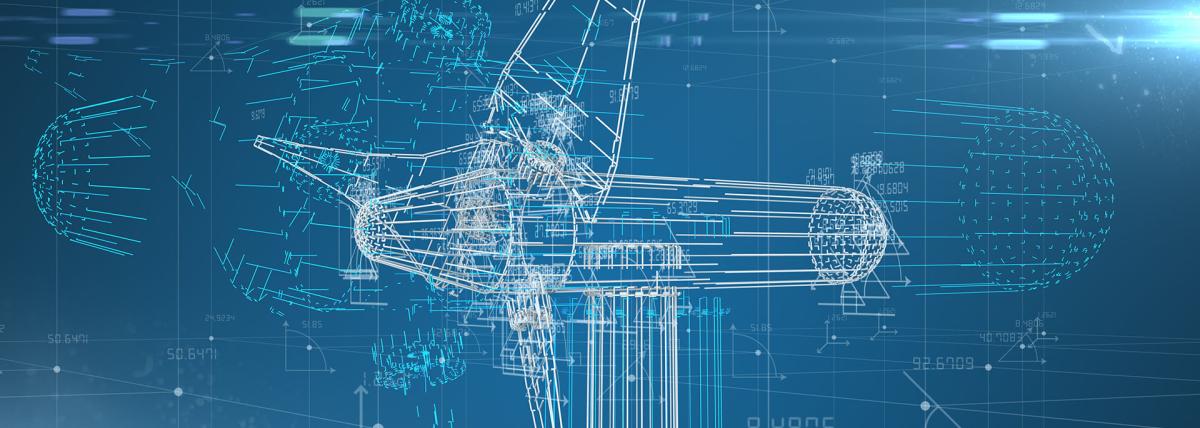
In this lesson, students are challenged to design and test a windsock that can tell the direction and relative speed of the wind.

In this lesson, students are to use simple materials to create a structure that holds weight. It must be able to stand on its own. Students will first study and discuss gravity.
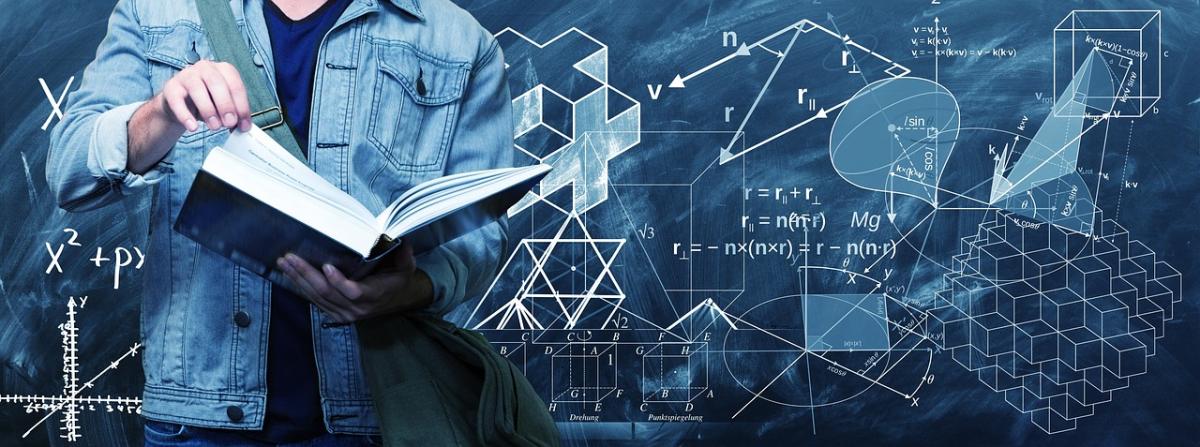
In this lesson, students will explore the concepts of gear ratios and proportions. They will construct a working gear system and observe how the ratio between gears affects their motion. They will use

This lesson is the second lesson of a two-part series where students investigate concepts of biomimicry and apply them to the real world with issues like resource scarcity. In this lesson, students

In this lesson, students will learn about desert plant and animal adaptations and the concept of biomimicry. Students will discuss examples of biomimicry in nature and in the real world and will

In this lesson, students review key architecture components found in Ancient Greek Architecture and are challenged to create a multi-layer structure to hold their body weight. Students use the
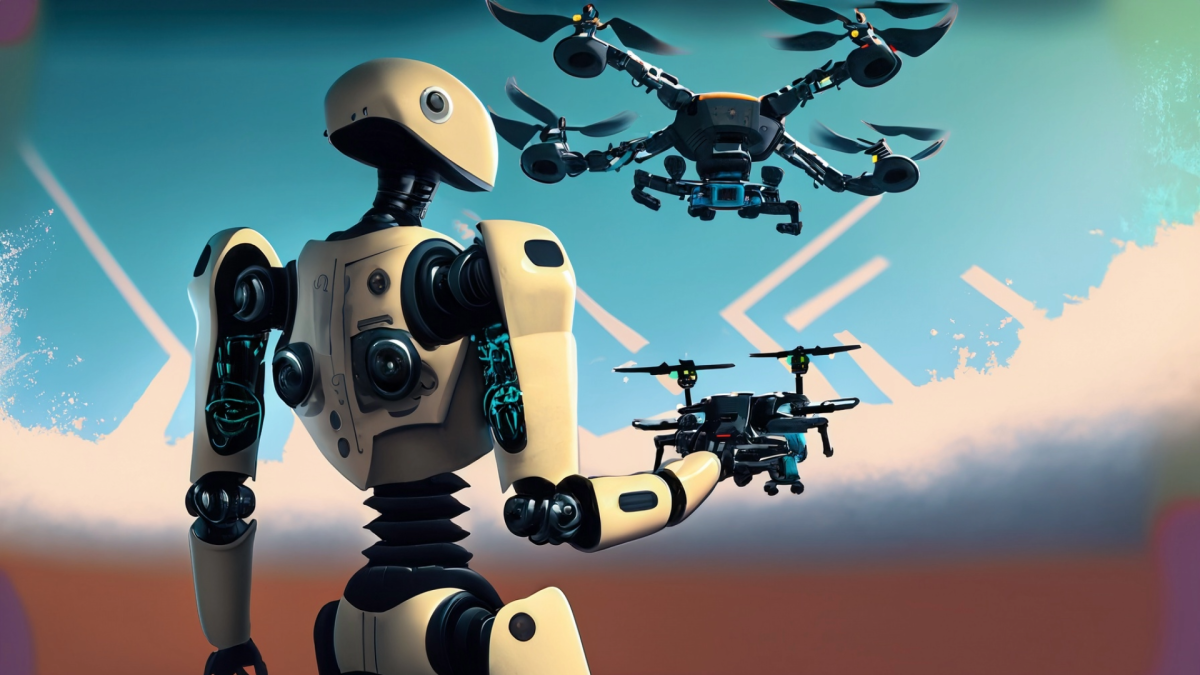
The lesson is adapted from resources created by the Green Drone AZ Project. This is module 1 of 4 featuring focused activities to address real-world environmental challenges within Arizona communities
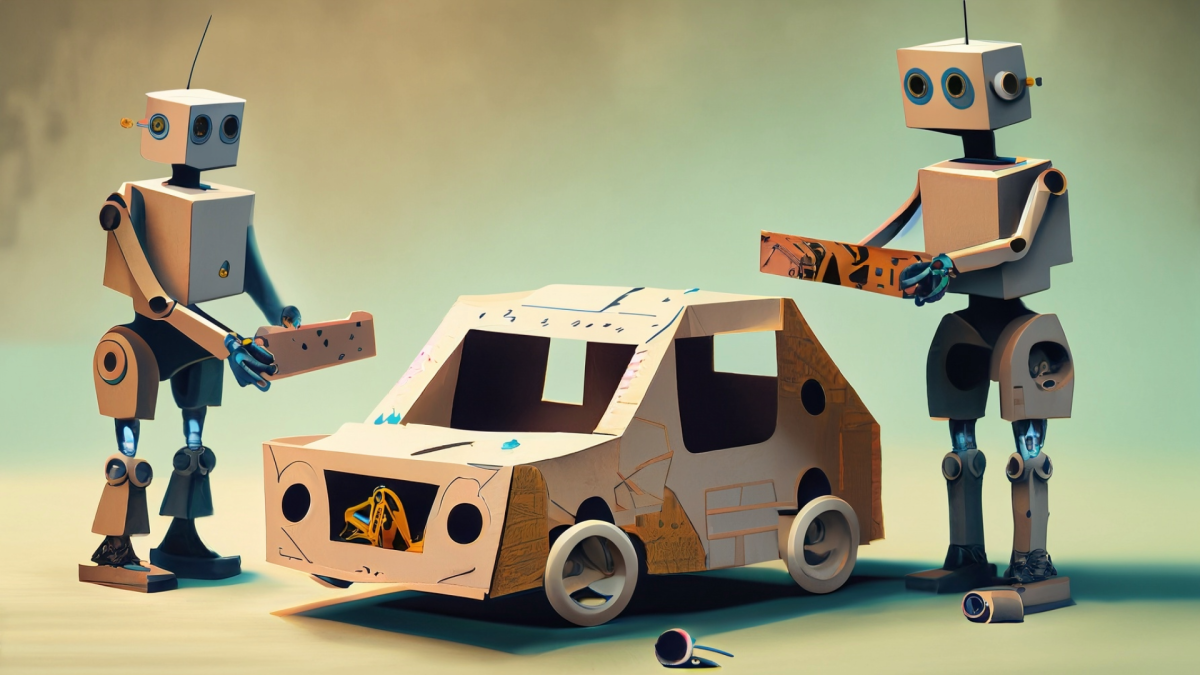
Students design getaway vehicles for the Grinch, applying STEM concepts. Math, creativity, and teamwork merge in this engaging lesson inspired by Dr. Seuss.
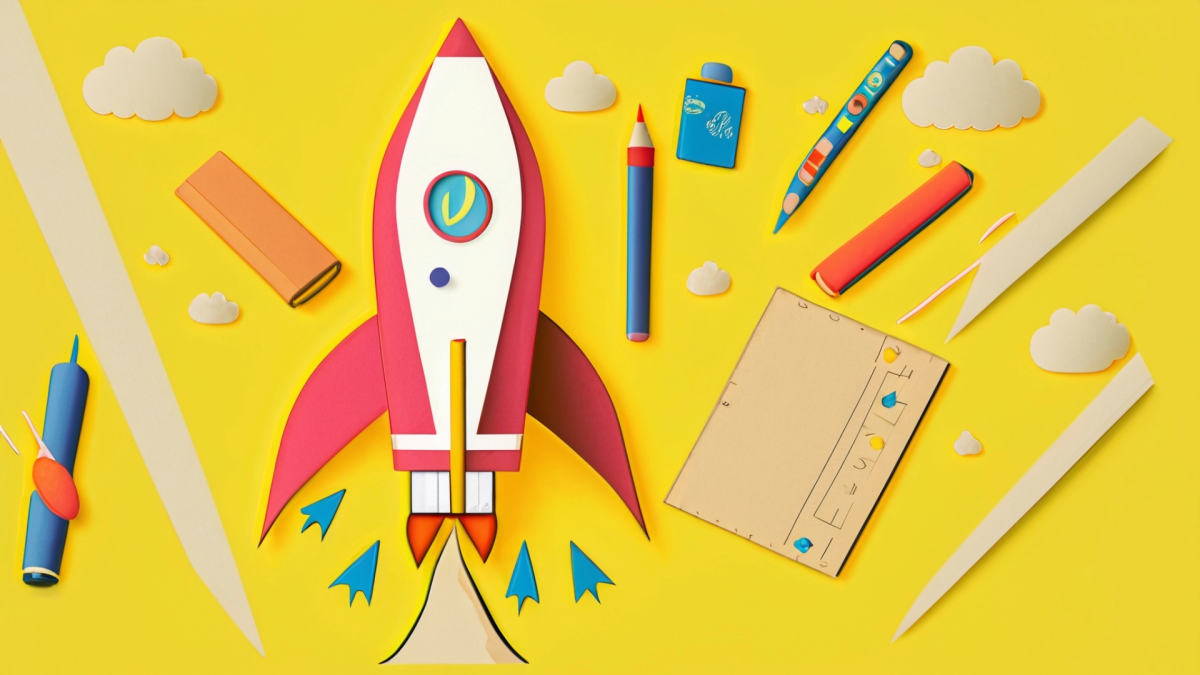
Day 2! Students start the process of building their Estes Alpha 3 rockets all the way to completion!

Students will design and construct a prototype of a tiny house on wheels. They will use graph paper to draw out their ideal tiny house on wheels, ensuring the sizing of the rooms and ceilings are

Students will learn the history of rainsticks. They will engineer and design their rainstick. Students have to figure out how much rice, beans and corn goes inside to make the sound of rain. Finally

On day one, students will learn the history of the boomerang. Then on day two, the students will engineer and design their boomerang. Finally, the students will fly their boomerangs.
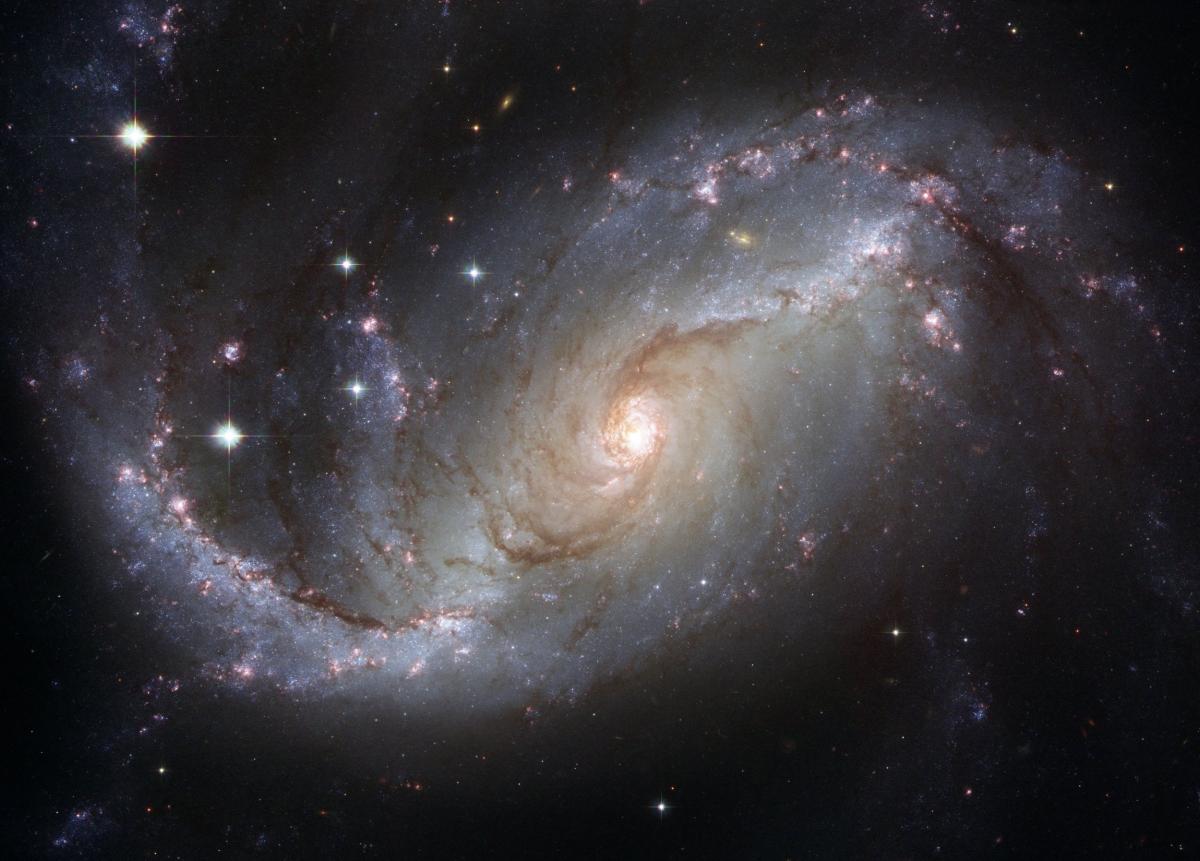
Students will build landing gear to successfully land a rover on Mars.

Math is All Around Us
Inspired by the picture book, "Count on Me," Kindergarten students will demonstrate the Engineering Design Process by collaboratively creating a model of a new toy for their playground, observing the

Students will construct an explanation using evidence to demonstrate that objects can affect other objects even when they are not touching. They will explore electric, magnetic, and gravitational

Description: In this engaging lesson, students dive into the fascinating world of bone anatomy by creating styrofoam models of bones and simulating fractures. Through hands-on activities, students use
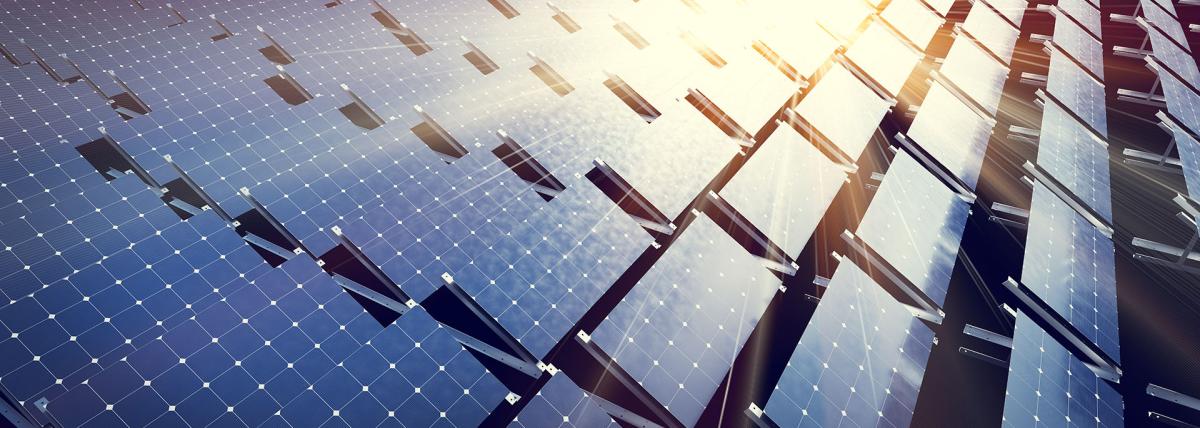
This lesson is intended to be the second lesson within a series. After the first lesson, exploring the transfer of power within a system, Students utilize this lesson, lesson 2, to explain how and

The goal of this engaging science lesson is to deepen students' understanding of magnets, electromagnetic forces, and their practical applications in real-world technology. Aligned with the 7.P2U1.1
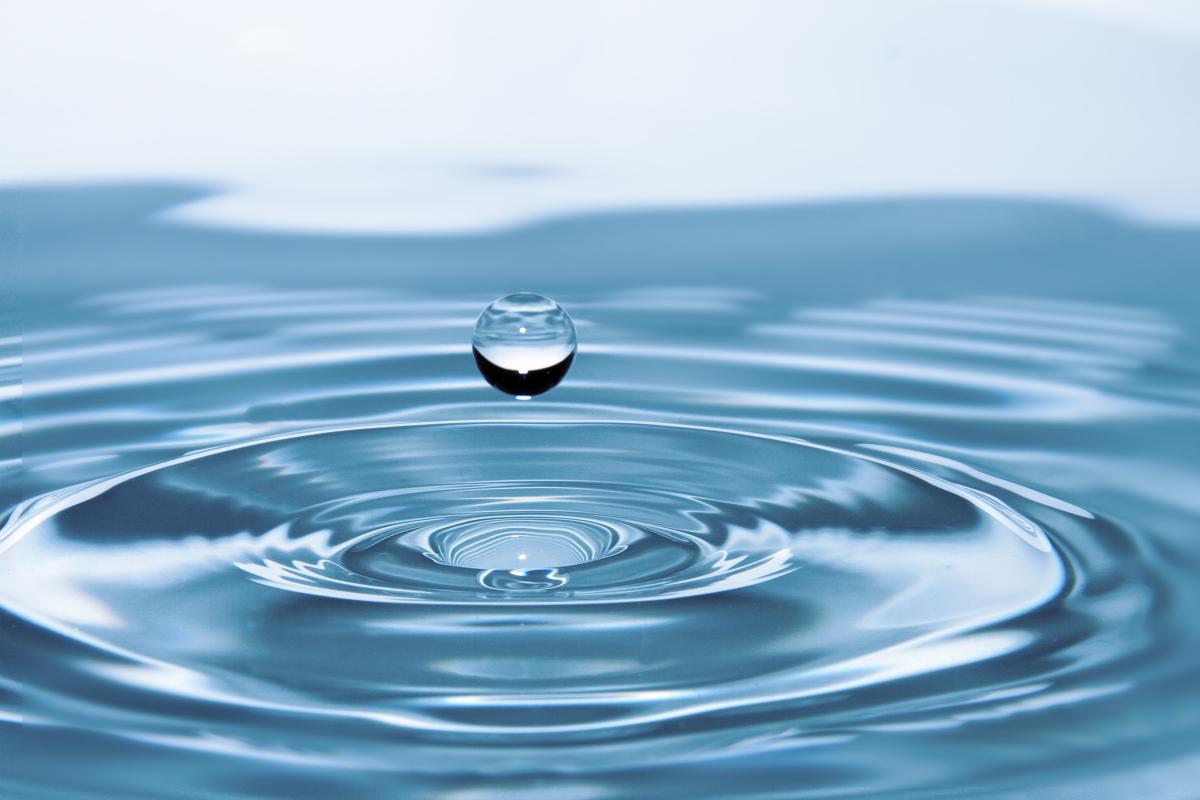
This lesson will develop an awareness of the critical importance of access to clean water for survival in the wilderness, drawing inspiration from the book "Hatchet." Students will recognize the vital

In this lesson, students use the Kepler’s Laws PhET Simulation to collect data on the period and average radius of the planetary orbits. They graph and analyze that data to derive Kepler’s 3rd Law.
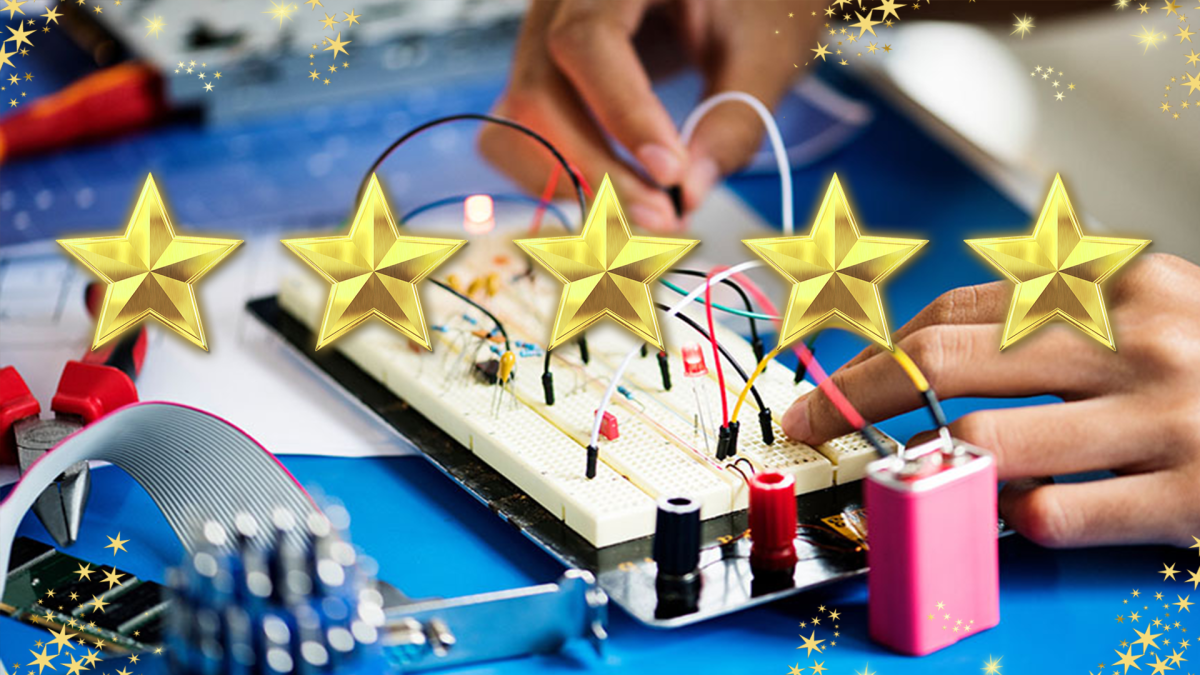
A Shocking Dystopia: STEM Adventures in The City of Ember Part 4 of 4: Where the River Goes
This lesson is PART 4 of a four-lesson unit, which focuses on futures thinking, the phenomenon of electricity, closed-system agriculture, and water as a renewable energy resource. “The City of Ember”

A Shocking Dystopia: STEM Adventures in The City of Ember Part 3 of 4: A Problem in the Greenhouse
This lesson is PART 3 of a four-lesson unit, which focuses on futures thinking, the phenomenon of electricity, closed-system agriculture, and water as a renewable energy resource. “The City of Ember”

A Shocking Dystopia: STEM Adventures in The City of Ember Part 2 of 4: A Way to See in the Dark
This lesson is PART 2 of a four-lesson unit, which focuses on futures thinking, the phenomenon of electricity, closed-system agriculture, and water as a renewable energy resource. “The City of Ember”

A Shocking Dystopia: STEM Adventures in The City of Ember Part 1 of 4: Blackout! Community Circuits
This lesson is PART 1 of a four-lesson unit, which focuses on futures thinking, the phenomenon of electricity, closed-system agriculture, and water as a renewable energy resource. “The City of Ember”


